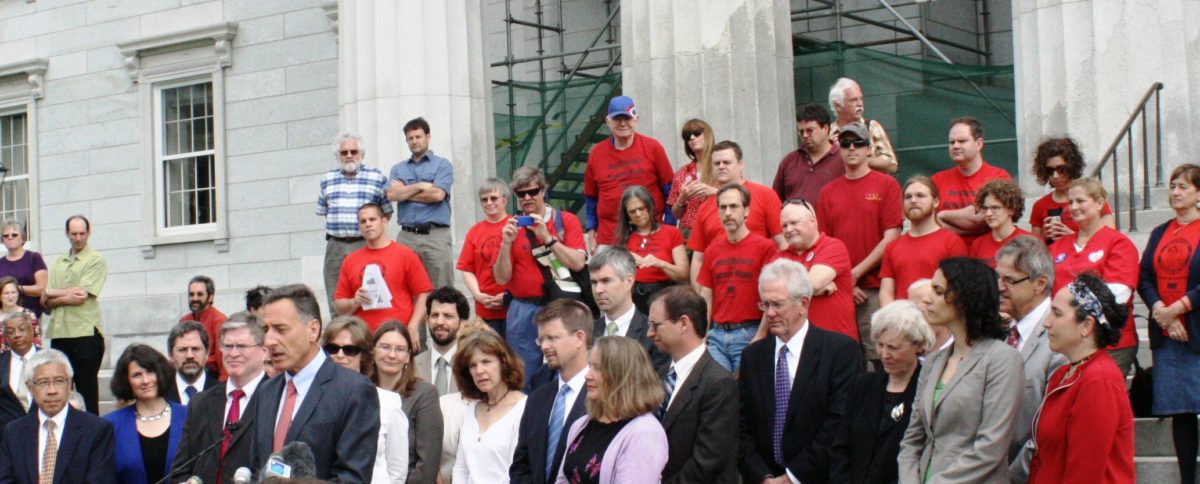The Vermont Model: NESRI Case Study on the Healthcare Is a Human Right Movement


On May 26, 2011, Vermont became the first U.S. state to enact a law for a universal, publicly financed health care system. As Governor Shumlin signed Act 48, he set Vermont on course toward implementing a single payer system by 2017.
This first breakthrough in the decades-long struggle for universal health care in the United States – after thwarted or pared down federal efforts by the Clinton and Obama administrations – alters the landscape of health reform advocacy in this country and has the potential to set in motion a state-based dynamic for progressive reforms.
What has made this breakthrough possible? Many commentators have recognized the important contribution of the Healthcare Is a Human Right Campaign, led by the Vermont Workers’ Center. Yet the extent and nature of the Campaign’s role as driver of political change, and the key ingredients of its model, are not generally well understood.
To rectify this, NESRI has prepared a case study of this broad-based people’s movement, whose collective actions changed the public discourse on health care and created the political space for action by elected officials.
In this study we analyze how the Healthcare Is a Human Right Campaign has employed the human rights framework to
- identify people’s fundamental needs and elevate the voices of the crisis of unmet needs,
- claim people’s rights and recognize the government’s obligations to protect and fulfill those rights, and
- inspire and support people’s agency in effecting political change.
We also argue that the passage of Vermont’s universal health care law is significant not just for health reform in the United States but also for the development of progressive activism in times of federal and state austerity measures, dismantling of the public sector amidst a rising wave of privatization, and a roll-back of labor rights that have trapped progressives in a defensive mode. The Vermont breakthrough was made possible by an emerging human rights movement, based on intensive grassroots organizing and principled policy advocacy, and as such could serve as a model for progressives elsewhere in devising proactive strategies for advancing economic and social rights.
Download our case study here or read the published version in the online edition of the journal New Politics.
